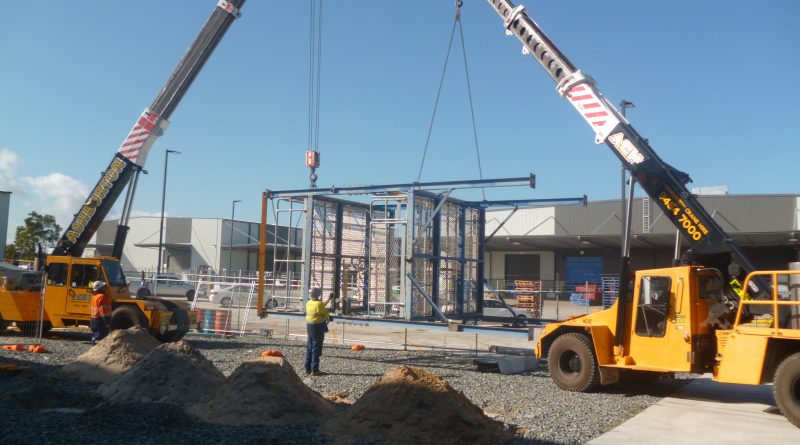Rigging Vs Dogging
While they hold similar roles and conduct similar activities, Dogging and Rigging have important differences that distinguish them. No matter the differences, both dogging and rigging involve various risks and hazards.
Due to these risks and dangerous tasks, workers are required to hold a high-risk work licence. But what are the differences between these two industries? Here we will be looking at the differences between dogging and rigging and what you need to know about each industry.
Dogging
A dogman or a dogger is a trained specialist in slinging and guiding loads via cranes. Dogging is primarily used to lift heavy objects and place them in their required locations. The equipment and method used are based on the load’s size, shape, weight, the centre of gravity and friction or grip.
Additionally, when a crane or hoist operator cannot see a load they are moving, a dogger is responsible for the supervision of the load and direction of the operator via hand signals, whistles and two-way radios.
Rigging
A Rigger is responsible for the selection, inspection, proper usage and maintenance of all rigging equipment. They are also responsible for overseeing any work connected with the installation of wire ropes, slings, blocks and other rigging accessories.
As a Rigger, workers must conduct pre-use inspections and tests of materials and systems as well as monitor and manage all relevant documentation associated with rigging. This includes certificates of approval and test reports, as well as load charts and weight-distribution documents.
Hazards Associated With Dogging And Rigging
It goes without saying that working with, lifting and moving heavy loads are dangerous. Even the smallest of accidents could have devastating consequences. This is why it’s important for workers to follow strict safety guidelines and rules when rigging or dogging.
Both Dogging and Rigging face many hazards, including improper slinging techniques, an inadequate understanding of centre of gravity, excess friction and tensile strength.
Additional hazards include:
- Unsafe lifting and loading
- Inadequate load testing
- Incorrect preparation and riggig
- Improper material inspection and usage.
Dangers Of Working Without A High-Risk Work Licence
Anyone working in the dogging or rigging industry must hold a high-risk work licence. This is to ensure that all workers have the appropriate skills and training needed to conduct rigging and dogging safely.
An important part of safety in dogging and riging is to understand the roles and responsibilities of yourself and your co-workers, as well as having an understanding of potential hazards and risks associated with it.
A high-risk work licence is not only mandatory for workers; it also acts as an accountability tool for employers allowing them to show their commitment to safety procedures in place.
Get Your Nationally Accredited Dogging & Rigging Licence
If you want to learn the skills and get your high-risk work licence, HOST Safety and Training’s Rigging and Dogging courses are for you. HOST Safety and Training has fully qualified trainers that deliver exciting, interactive and hands-on training on rigging and dogging across Australia.
These practical courses provide participants with the knowledge and practical skills required to install wire ropes, slings and load handling equipment in accordance with Australian Standards.




